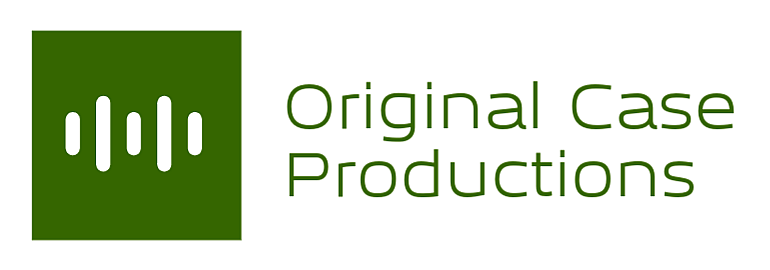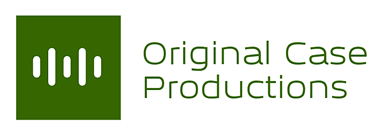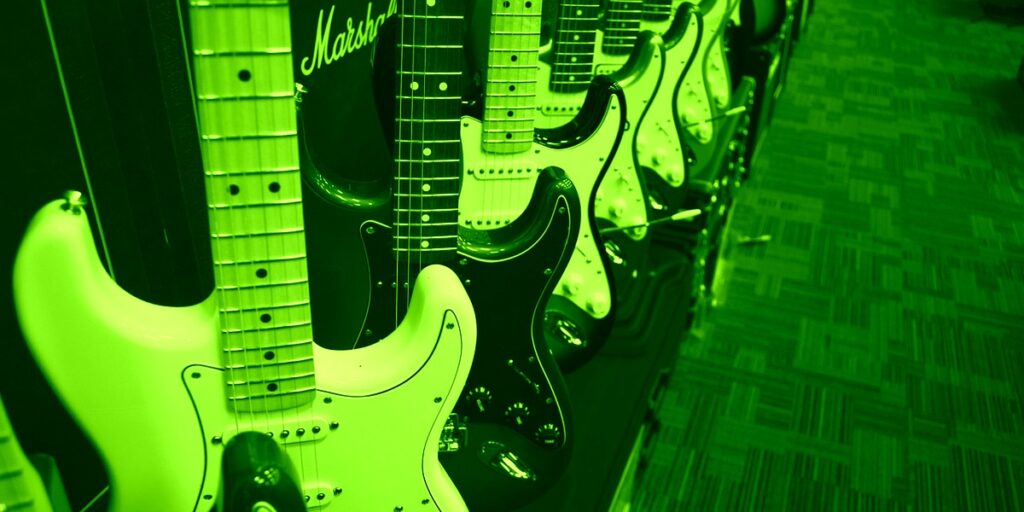Do you know which guitar parts are perfect for your song?
When you’re writing and recording songs on your own or with a band, you might want two or more good electric guitar parts. Depending on the genre, these can be clean or distorted or a combination of both. Question is; how many guitars and what will the they be playing? If you are running out of ideas, or you would like to learn some more, here are 7 effective ways to layer electric guitars.
Hello, my name is Eddie Hendrix
Before you start layering your sound, first think about the role of your guitar in the song. If you have a guitar god in your band, maybe layering 4 or 5 guitars isn’t the way to let him or her shine. Just look at some great records from the sixties, seventies or eighties. Many bands used only one guitar part which sounds amazing. On Van Halen’s first album there’s one main guitar panned to the left and the reverb panned to the right. On some songs there are only one or two overdubs. The detail you can hear in the guitar playing is impressive! The panning of the reverb creates a wide sound.
1. Doubled guitar parts
Another way to make it sound like one big guitar with a natural feel, is to double the main guitar part exactly and pan both parts left and right in the mix. You can use a slightly different sound for the second guitar to create more depth. Be careful not to use too much distortion, or it might make the guitars sound smaller. Always keep in mind that distortion builds up as you add more guitars and other instruments. Recording the guitar part twice will also create a chorus effect because of the slight timing differences. This can make it sound really big and wide. Listen to Extreme’s second album or Metallica’s black album for example.
2. Syncopating rhythm part
When one guitar is playing the main riff or the chords on the down beats of the track, you can try playing something in the gaps between the beats. This creates a counter rhythm. It immediately gives more groove to your song. In genres like funk, ska and reggae this is used extensively. Also in pop and rock this can be found. Listen to Franz Ferdinand – Take me out, Michael Jackson – Beat it, Yes – Owner of a Lonely Heart. You can also play power chords on top of the baseline (following the root notes) and a syncopating riff on top of that like in Alice Cooper’s Poison.
3. Make a high and a low part
When playing a riff or a chord sequence, try playing the same part an octave higher or with a different, higher chord voicing. This creates a beautiful full sound and makes the guitar ring through in a broader register. This also works well with panning left and right. You can also use a different tuning for each guitar. Nashville tuning or drop-D can give you other possibilities to make the chord progression sound fuller.
4. Dove tailing / overlapping parts
One guitar part starts where another one finishes, creating an overlap with some notes played simultaneously. This is more like two separate melodies going on at the same time, creating one continuous wave of guitar sounds.
5. Harmonizing parts
By writing a harmonized guitar part, you can instantly create a hook for your song and make it very recognizable. For example: Thin Lizzy – The boys are back in town, Eagles – Hotel California (the solo at the end), Iron Maiden – The Trooper. It can also become a trademark sound. Brian May from Queen was one of the early pioneers of layering harmonies and orchestrating parts on the electric guitar. Many Queen songs have this orchestrated sound woven into it. Try it on a catchy melody you’ve written. Record the melody with a good sound and record one or two (or more!) harmony parts on top of it with the same sound. Enjoy the richness!
6. Different guitar sounds
An obvious way to get more depth is to use very different sounds. A 6 string combined with a 12 string guitar, or a clean sounding Stratocaster with a distorted Les Paul. Making use of different types of distortion, can get you in the right place. Also try parallel distortion (combined with the clean signal). Using different guitar sounds can be applied to all techniques mentioned above.
7. Using delays
Using a delay pedal, you can layer and harmonize notes on top of each other. You can also create a rhythm by hitting the strings in sync with the delay time. The Edge from U2 comes to mind here. Listen to U2 – Where the streets have no name. The song Bad by U2 is another example, as well as Brian may’s Brighton Rock solo and Eddie van Halen’s intro of Ain’t talking ’bout love and Cathedral. Simple Minds do it as well. They make a very full sound with the lead guitar going through delays. Try it! It might sound a bit like you are stuck in a time frame… (80’s, 90’s), but be creative and try to use it in a new way.

all available services on my website!
https://originalcaseproductions.com/#services
Conclusion
If you want the electric guitar to play an important role in your song, try to figure out how the parts serve the song in the best possible way. Are the guitars the backbone of the track? The main riff and main feature? Or are the guitars more like a flavor to blend in with the chords and the other instruments? I hope these tips were useful or gave you some inspiration for using electric guitar parts in your song, recording and final mix.
What’s your approach for using multiple electric guitars in a song? Do you use one of these techniques or do you have a different trick? Please leave a comment below.
Happy hitmaking!
Kees Huizinga

